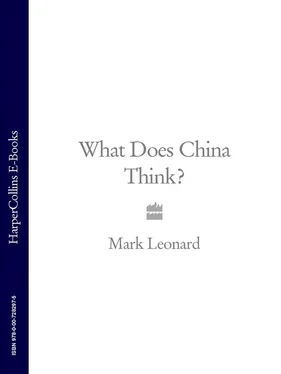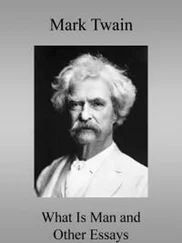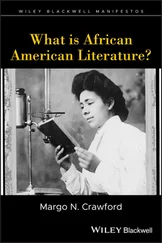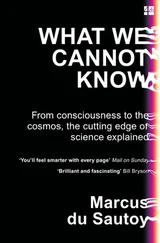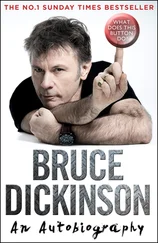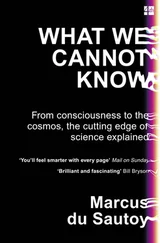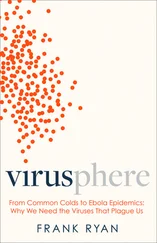Deng Xiaoping’s ‘dictatorship of the economists’, as disgruntled political scientists, philosophers and sociologists called it, produced startling results. An average of 9 per cent growth over three decades made China the world’s third biggest economy by 2007. Three hundred million people rose from absolute poverty, while 200 million left their farms to work in industry. One hundred million joined the so-called middle class and 500,000 became millionaires. And a new generation of Chinese companies such as the computer giant Lenovo that bought IBM and the Nanjing car company that bought MG Rover entered the global corporate league.
Like Zhang Weiying’s own success, China’s economic miracle owed much to its timing. Unlike his Russian and Latin American counterparts who rapidly implemented measures to liberalize and privatize their economies – known as ‘economic shock therapy’ – the Chinese leader Deng Xiaoping did not have a mandate for radical reform. Many leading Communist Party officials such as Chen Yun, Li Xiannian and Deng Liqun were against market reforms. They continued to believe that China’s problems could be fixed by modernizing the planned economy and making it ‘more scientific’, like its Soviet counterpart. Deng Xiaoping and his allies were, therefore, unable to set a blueprint or timetable for China’s economic transformation. Instead, they opted famously to ‘grope for stones to cross the river’ – implementing incremental changes, one step at a time, without ever talking about the final destination. To his country’s lasting benefit, Deng Xiaoping heeded Bertolt Brecht’s advice that when there are obstacles, the shortest distance between two points can be a crooked line.
Zhang Weiying has a favourite allegory to explain China’s reforms. He tells a story about a village whose residents rely on horses to carry out all their chores. The village elders, who had tirelessly argued that their horses were better than the zebras used in a neighbouring village, would harangue anyone who questioned their claim. Over time, however, the elders realized that the neighbouring zebras were, in fact, superior to the idle and greedy horses which they had so actively promoted. So, after years of hailing the virtues of the horse, they decided to embrace the zebra. The only obstacle was converting the villagers who had been brainwashed over decades into worshipping the horse. The elders developed an ingenious plan. Every night, while the villagers slept, they painted black stripes on a few horses. When the villagers awoke – shocked at the presence of evil beasts in their midst – the leaders reassured them that the animals were not really zebras, just the same old horses adorned with a few harmless stripes. The villagers gradually became accustomed to the presence of the strangely decorated animals in their midst. After a long interval the village leaders began to replace the painted horses with real zebras. These prodigious animals transformed the village’s fortunes, increasing productivity and creating wealth all around. Only many years later – long after all the horses had been replaced with zebras and the village had benefited from many years of prosperity – did the elders summon the citizenry to proclaim that their community was a village of zebras, and that zebras were good and horses bad.
Zhang Weiying’s allegory is an explanation of his most famous idea, the theory of ‘dual-track pricing’ which he first put forward in 1984. He argued that ‘dual-track pricing’ would allow the government to move from an economy where prices were set by government officials to one where they were set by the market, without having to publicly abandon its commitment to socialism or run into the opposition of local governments with a vested interest in central planning. Under Zhang Weiying’s approach some goods and services continued to be sold at state controlled prices while others were sold at market prices. Over time, the proportion of goods sold at market prices was steadily increased until by the early 1990s almost all products were sold at market prices. The ‘dual-track’ approach embodies the combination of pragmatism and incrementalism that has allowed China’s reformers to work around obstacles rather than confronting them head on. Rather than closing down the old central planning system, they first created an alternative reality alongside it. And when things went well, they reformed the old system to give it the best features of the new reforms.
Pearl River Capitalism: from permanent revolution to permanent innovation
Zhang Weiying was not the only person to call for ‘dual-track pricing’, but he was the first to do it publicly. He was soon given a plum job working for the Commission for State Institutional Reform which he held down from 1984 until 1990. Zhang Weiying was part of a group of young officials who found ways of making market ideas palatable to the older Communist elite. Their goal was to paint as many zebras as possible – to create a parallel market in the shell of socialist China.
China’s economic reforms had begun in the countryside with the dissolution of the ‘people’s communes’ and the end of collective farms in 1979. For over two decades before then, life in the countryside had been organized around collective ‘work units’ which lived together, worked together and ate together. The work unit was meant to replace the family as the primary unit of economic activity and social life. With the ‘opening and reform era’, these collective farms were closed down and replaced with smallholdings that were controlled by individual families who could decide what they wanted to grow, and more importantly kept the profits generated by their labour. This led to a huge surge in agricultural productivity which freed thousands of labourers from the fields. These workers were soon employed by a new crop of privately run factories – known as ‘Town and Village Enterprises’ – which sprang up all over the countryside. The wealth generated by China’s rural revolution allowed the local governments to benefit from the revenue generated by private industry. But these primitive trysts with the market were not what excited Zhang Weiying and his colleagues. This was just the beginning.
In their quest for a new China they looked beyond the landlocked rural plains where economic reform had begun to the outward-facing coastal provinces of the east. At the beginning of the 1980s, Shenzhen was an unremarkable fishing village, providing a meagre living for its few thousand inhabitants. Over the next three decades it has become an emblem of the Chinese capitalism that Zhang Weiying and his colleagues were building. Because of its proximity to Hong Kong, Deng Xiaoping chose Shenzhen as the first ‘Special Economic Zone’, offering its leaders tax-breaks, freedom from government regulation and a licence to pioneer new market ideas. The architects of reform in Shenzhen were not interested in replicating the low-tech industrial revolution that had taken place in the countryside at the beginning of the era of ‘opening and reform’. They wanted to build high-tech, capital intensive plants that could mass-produce the sort of high-value-added goods that could compete directly with the West. In order to get their hands on the technology and capital to turn their dreams into reality, the authorities set about attracting investment from abroad. Shenzhen alone succeeded in pulling in over $30 billion of foreign money to build factories and roads and develop its ports. The secret of Shenzhen’s success was its reliance on exports, rather than domestic consumption to fuel its growth. The decision to open the ‘Special Economic Zones’ up to the outside world provided a booster for the development of a non-state sector because foreign companies would set up joint ventures and shareholding companies. As a result, by 1992 half of China’s industrial output was generated by the non-state sector.
Читать дальше
